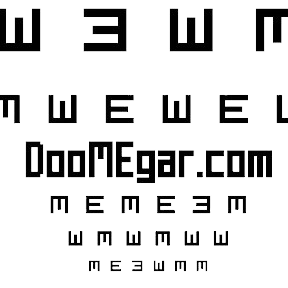
We may earn a commission from links on this page.
Some decluttering techniques are really intense and time consuming, requiring you to use a bunch of storage bins or even clear out entire rooms and rebuild them bit by bit. All of that can be pretty overwhelming and, if you’re overwhelmed enough, you may not want to do it at all. If that feels familiar, a simpler, more laid-back technique might be a better fit.
What is “Decluttering at the Speed of Life?”
This decluttering method comes from Dana K. White, who has chronicled her “deslobification” journey on a blog since she began in 2009. She took notes of all her wins and failures, keeping track of what worked and what didn’t—and ultimately published a book, Decluttering at the Speed of Life: Winning Your Never-Ending Battle with Stuff.
Though she’s got lots of great content after 15 years of working on different ways to spruce up a home, her tips can be broken down into five easy steps that don’t require extra purchases, any kind of deep visualization, or fancy tricks. Her technique is simple, straightforward, and built around small bursts of cleaning that anyone can manage, even when the overall task is overwhelming.
The five steps to “Decluttering at the Speed of Life”
To follow White’s method, first identify one small area you want to take care of. Don’t try to do a whole room or the entire house. Keep it manageable and opt for a shelf, a cabinet, a tabletop, the floor, or another very specific area. Then, do these five things:
-
Start with trash, like receipts, wrappers, bags, anything that is broken, expired food or products, or anything you simply don’t need or use at all. Throw all that away.
-
Do the easy stuff. This means that anything you see that has a place somewhere else should be removed and put back where it belongs. Don’t put everything in a pile and return it all at once; that will just keep your workspace cluttered. Instead, if you find one thing that goes somewhere else, like a hair tie that could be returned to the bathroom, do a quick scan for anything else that belongs there, too, and bring it all.
-
Categorize “duh clutter,” or anything that could be donated. Keep a box on hand and toss anything worthy of donation into it.
-
Ask yourself one or two decluttering questions. First, “If I needed this item, where would I look for it?” If you can instantly think of an answer, take the item where it belongs. If you can’t think of an answer, ask a follow-up: “If I needed this item, would it occur to me that I already had one?” A good example of this one is if you aren’t much of a wino, but find a corkscrew in your drawer. If friends were coming for dinner and you picked up some pinot for them, would you even realize you already had an opener at home or would you buy a cheap one at the liquor store checkout counter? If it’s not something you use or seek out often, donate it. Spending a few dollars to repurchase one on the off chance you ever actually need it in the future will be worth the space you save by not keeping that thing around.
-
Finally, make it fit. This means you can only keep things that you have space for in the area you’re cleaning. Don’t buy new storage containers or force anything to fit. Only the most necessary items get to stay, or else they have to be stored somewhere more appropriate or gotten rid of.
By working through these steps in small spaces, you make incremental progress without getting overwhelmed. All of the steps are designed to keep this easy, in fact, even the little details about removing trash right away to create a more visually decluttered (and motivated) space to work and returning things to their proper place one at a time instead of all at once to avoid creating a secondary box of clutter while you clean.
This method is also great for people who struggle with decision-making. When you start, you know you can’t keep it all. You’re aiming to reduce the amount of items so everything can fit in the space. Asking the two decluttering questions is a helpful way to discern whether something really is necessary to hold onto and removes the sentimentality or excuse-making from tossing something out. If you struggle with motivation and the ability to make quick decisions when you’re decluttering, this could be the method for you.

دیدگاهتان را بنویسید